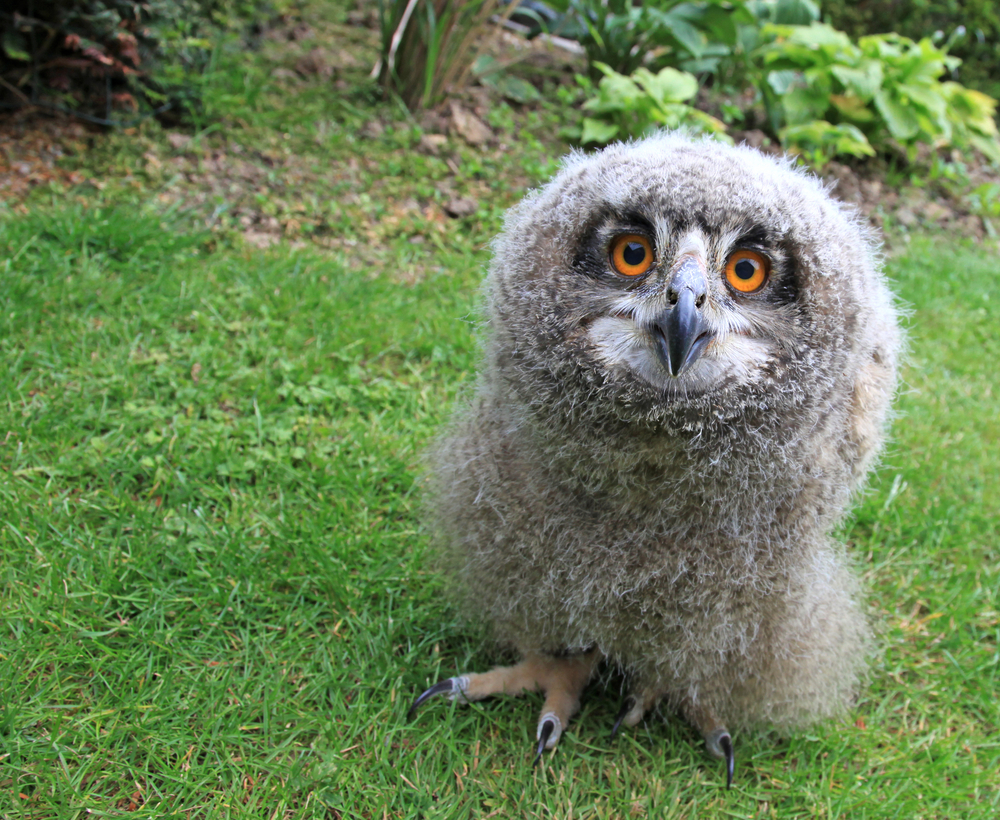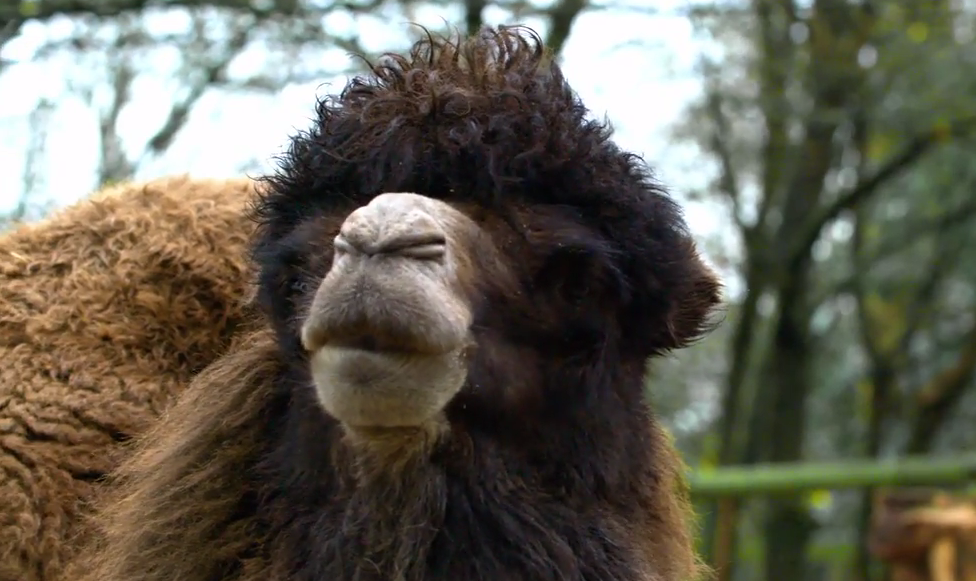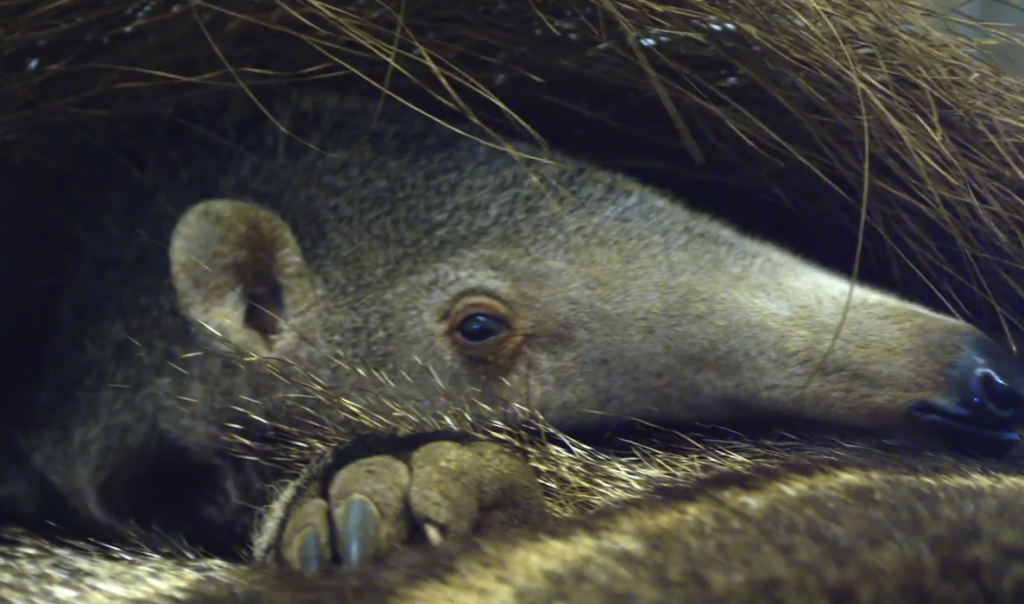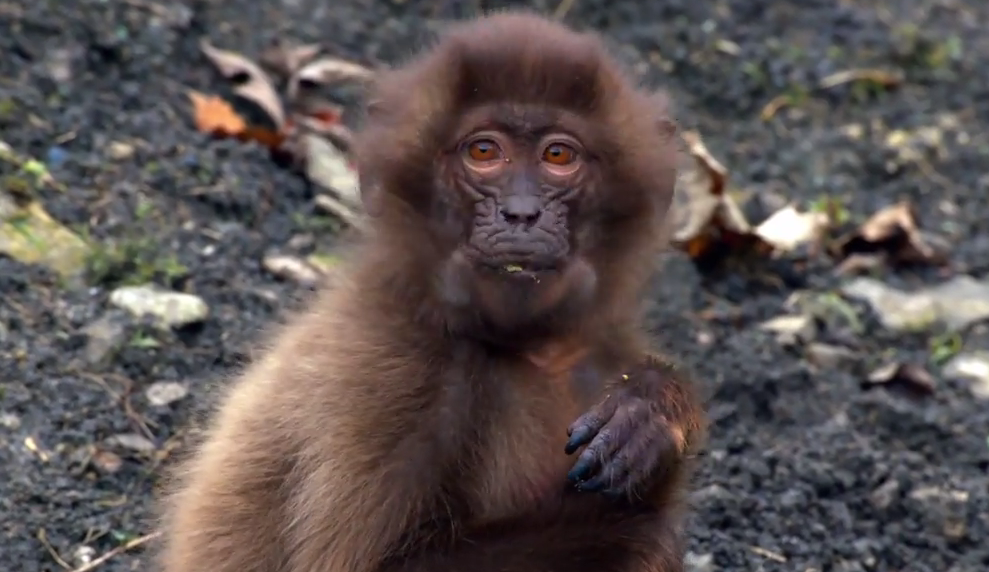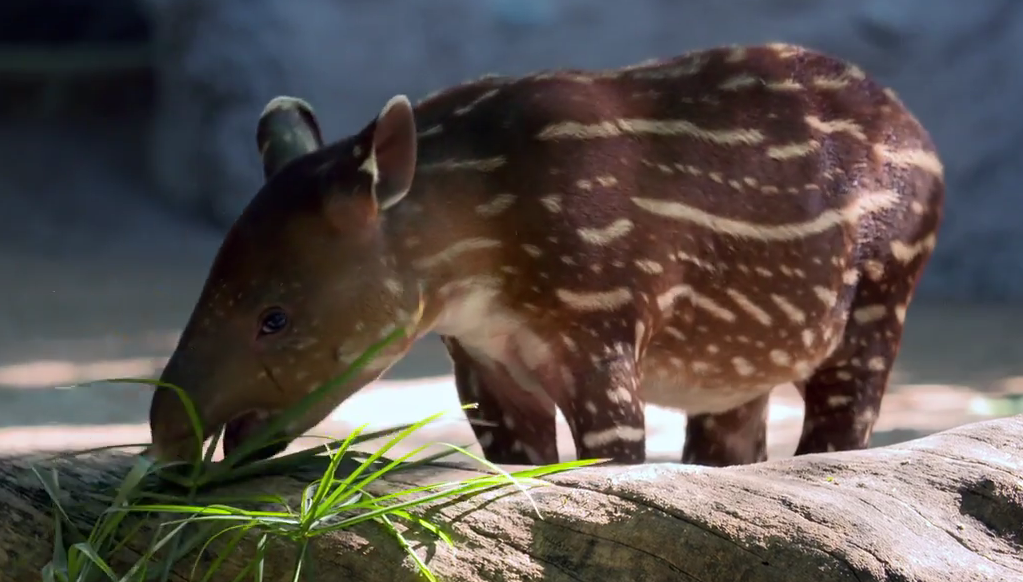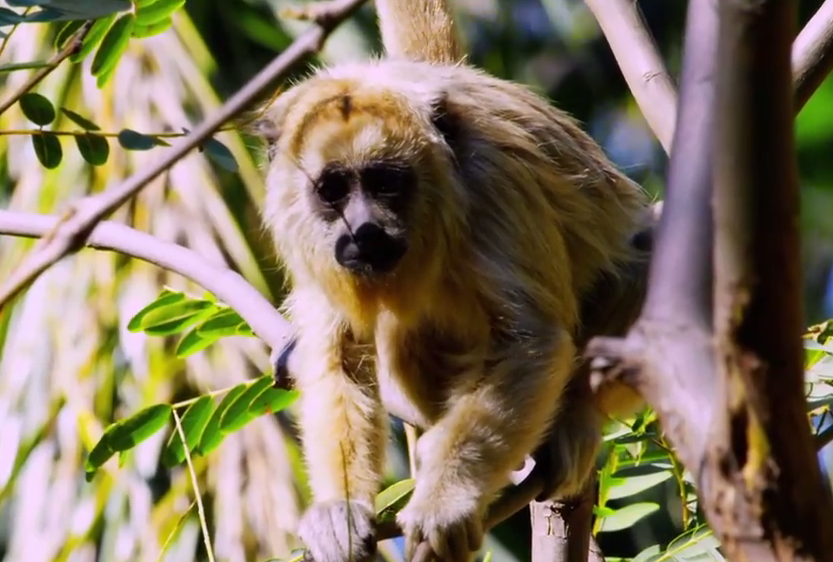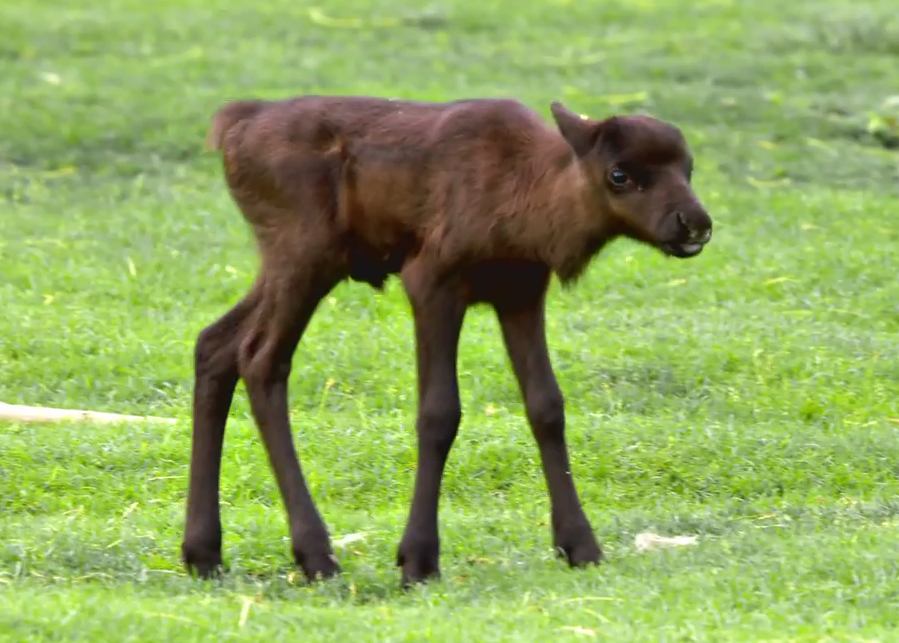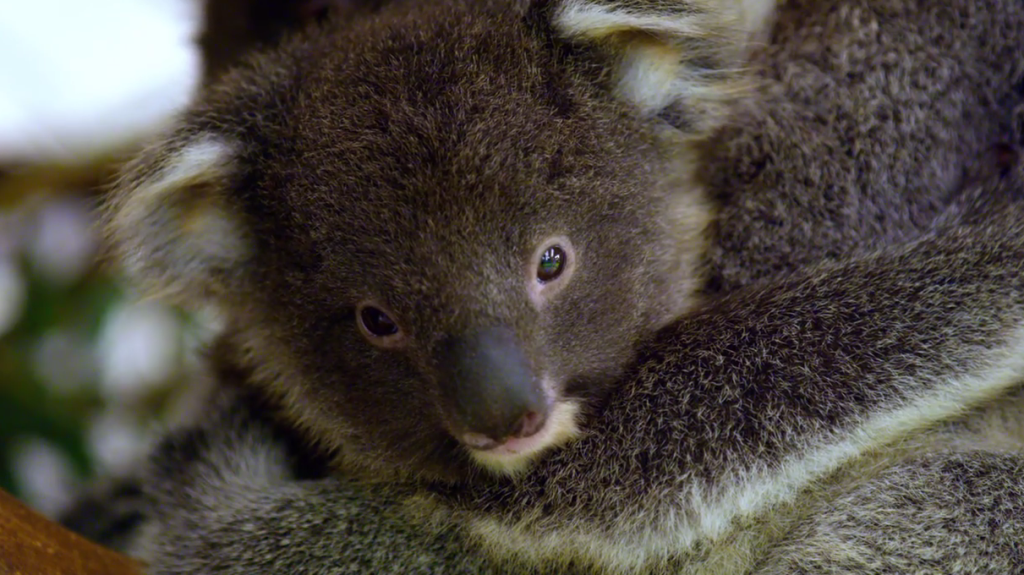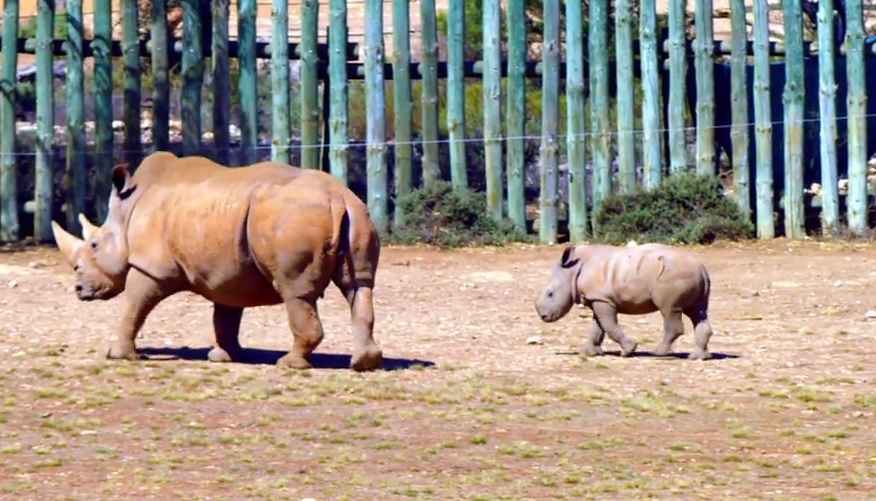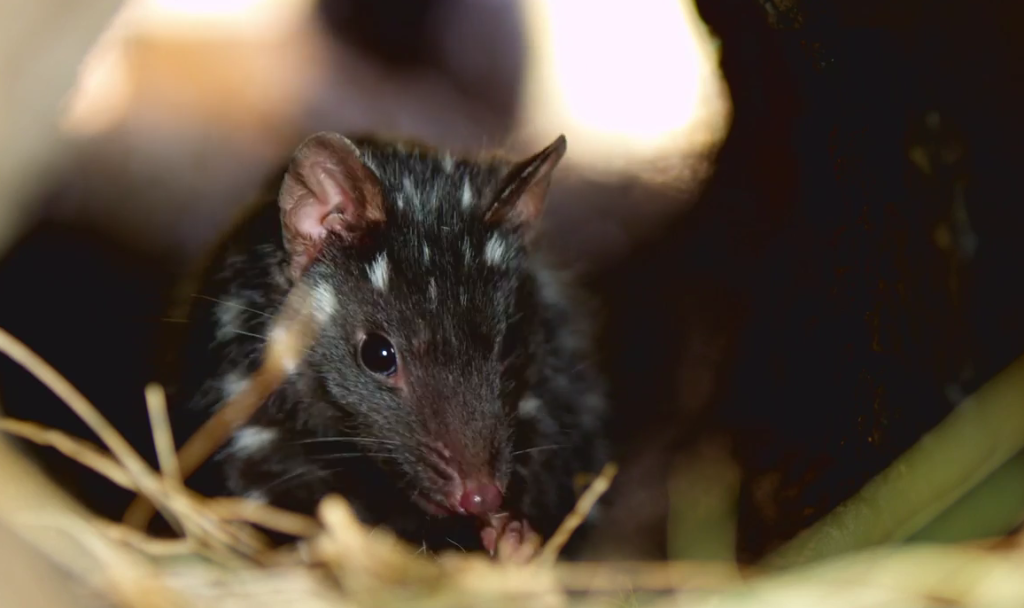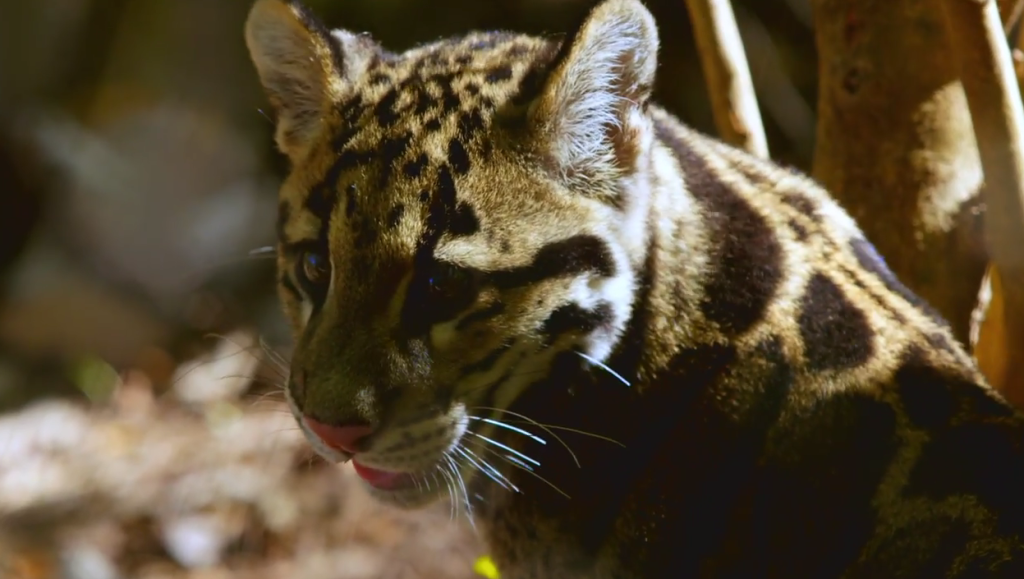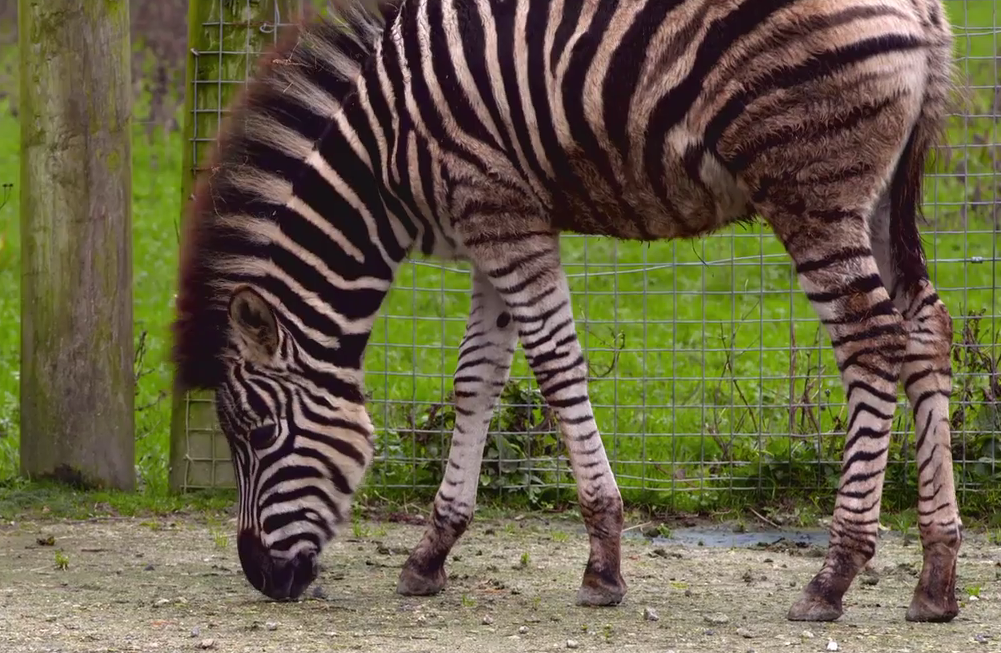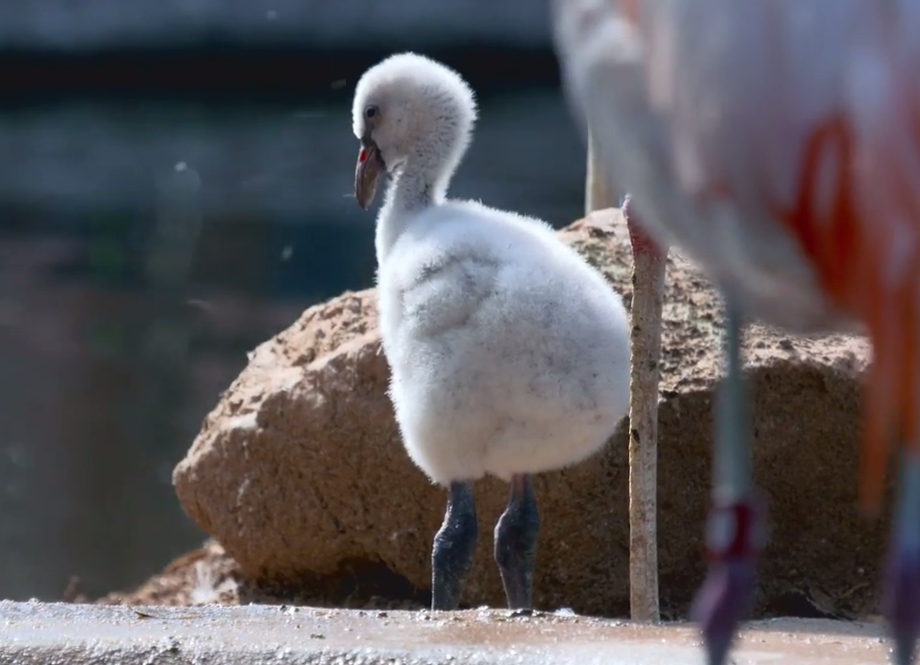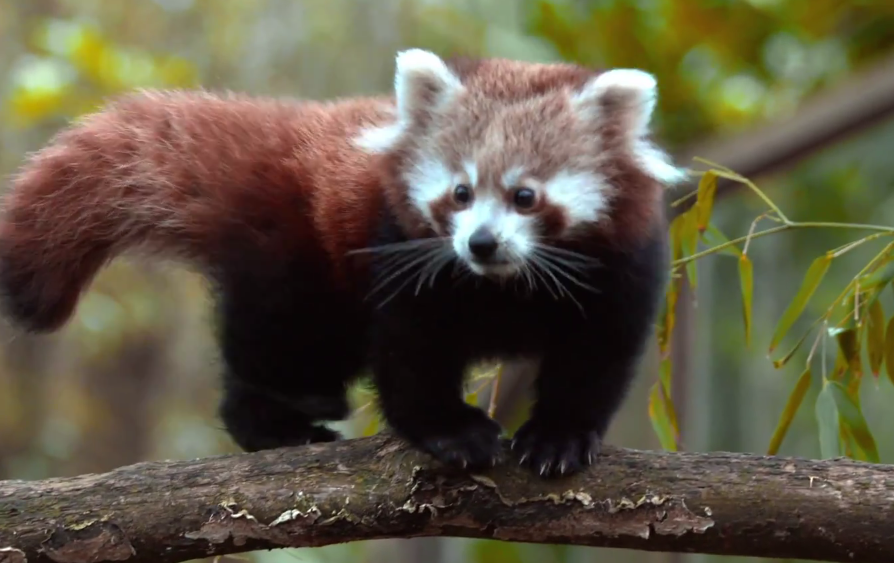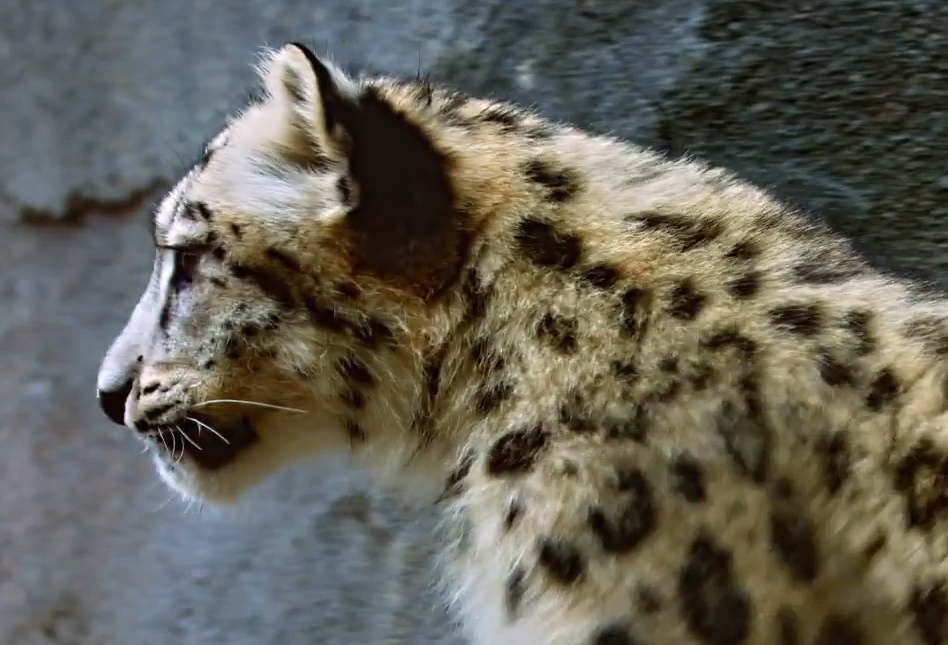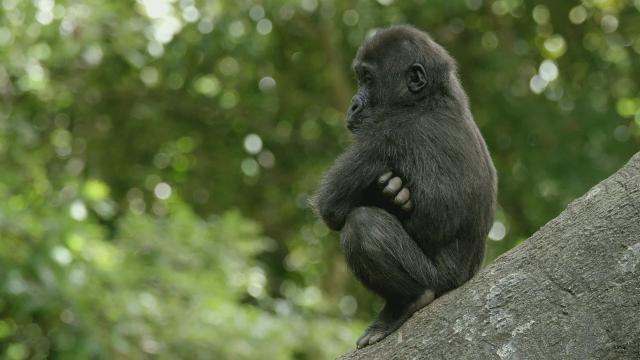11 of nature’s cutest, most adorable baby animals
Some of nature’s finest also happen to be extraordinarily adorable. Here’s a list of some of the most classic, interesting and overlooked cuties, a lot of which don’t stay all too cuddly looking for long.
Baby animals: Bactrain camels
Bactrain camels are made for the desert. Literally. Their large, even-toed feet allow for steady footing in uneven terrain in central Asian deserts. They even have extra eyelashes, can close their nostrils, and have hair-lined ears all for protection during sandstorms.
Baby animals: giant anteaters
Giant anteaters may be funny to look at, but they were built to fight and are armored with extremely sharp claws. Labeled vulnerable in the wild, these furry creatures weigh roughly 45 kilograms and have unusually large snouts and tongues. The better to smell you with, my dear. Their sense of smell is 40 times … Continued
Baby animals: gelada baboons
Humans can learn a thing or two from gelada baboons. Female geladas won’t put up with any nonsense from the males within their blended families, which are often filled with many distinct personalities. At the Dudley Zoo, they are a small family, but in the wild in the high mountain meadows of Ethiopia, foraging families … Continued
Baby animals: bear tapirs
You’re not likely to find the endangered bear tapir in the wild. Only 5500 of them remain in the wild making them a pretty rare sight. That is unless you visit the Reid Park Zoo in Tucson, Arizona. Oh, and they like to eat poop.
Baby animals: black howler monkeys
At the Santa Ana Zoo, a troop of black howler monkeys are a close-knit bunch. The slow pace of life is similar at the zoo as it would be in the wild except for the fact that they’re endangered in the wild.
Baby animals: Asian small-clawed otters
When they’re first born, Asian small clawed otters weigh roughly 50 grams, the smallest otters out of the 13 species of otters found worldwide. Their survival tactic is to stick together and to maintain strong family ties.
Baby animals: moose
European elk were extinct in the British Isles until 2007. Twin elk born at the Highland Wildlife Park doubled the species’ population in one fell swoop.
Baby animals: reindeer
Reindeer, also known as caribou, are the only species of deer in which females have antlers. The antlers develop within two to three weeks of being born and are the second largest antlers of any deer after moose. In the wild, reindeer calves learn the herd mentality since they’re at their safest in large numbers.
Baby animals: polar bears
When their mother died from her injuries, 11-month-old twin male polar bear cubs Eli and York were flown from the Arctic to the Assiniboine Park Zoo in Winnipeg, Manitoba. Although they may not have survived in the wild without their mother for guidance, the cubs are flourishing at the zoo.
Baby animals: koalas
Eucalyptus leaves might be highly poisonous to humans, but koalas have a long gut with special bacteria that can metabolize the toxins. The Caversham Wildlife Park in Perth, Australia houses a tight-knit koala clan that can sleep up to 22-hours per day based on their diet rich in eucalyptus leaves.
Baby animals: rhinos
Thanks to strong conservation efforts, the population of white southern rhinos has been brought back from the edge of extinction and continues to grow. The Monarto Zoo in southern Australia is the largest open range zoo in the country and it protects its rhinos from poachers that are after their horns, which can sell for … Continued
Baby animals: Sulawesi macaque
Summer is a 5-month-old Sulawesi macaque who resides at the Dudley Zoo in England with her close-knit family and protective mother Jasmine. The zoo is on a mission to help endangered species like the Sulawesi macaque and ensure that they are well cared for as they navigate the world around them.
Baby animals: elephants
Elephants are more like humans than you might think. A baby elephant at the Reid Park Zoo in Tuscan, Arizona gets by with a little help from Mom when her siblings become too rowdy. Just like a baby’s fingers get more nimble, a baby elephant’s trunk becomes more agile. In the zoo, elephants get the … Continued
Baby animals: Gemma, the eastern quoll
A 4-month-old eastern quoll named Gemma has a hefty and vital mission in life: to help reintroduce her species to mainland Australia for the first time in more than 50 years.
Baby animals: clouded leopards
Clouded leopard cubs, Faith and Hope, live at the Nashville zoo in Memphis, Tennessee and are adapting well to their new habitat. The rare, charismatic cubs have no fear as they explore their surroundings and evolve into the natural-born climbers that they are.
Baby animals: zebras
Graham the zebra is the first-ever calf born at the Newquay Zoo in Cornwall, England. His arrival was a happy surprise for his mother, a 14-year-old zebra, the tail-end age for reproduction. That might be why she’s extra protective of her fast-growing Chapman’s zebra (a subspecies of the plains zebras) foal.
Baby animals: the Chilean flamingo
Young Chilean flamingo Tweedle at the Reid Park Zoo in Tuscan, Arizona hasn’t quite earned his pink feathers just yet. His protective parents appease his cautious attitude as he gets to know the rest of the flamboyant flock that surrounds him.
Baby animals: red pandas
It is believed that there are only 10,000 or so red pandas left in the wild. That’s why the birth of a baby red panda at the Newquay Zoo in Cornwall, England was so important. Additionally, red pandas rarely breed as they can only conceive on one day of the year. But, before the newborn … Continued
Baby animals: snow leopards
Their coats may be thick and fluffy, but they’re not to be played with. Snow leopoards are an endangered species with reclusive personalities, so actually seeing one in life is rare and a big deal. Snow leopard twin sisters at the Brookfield Zoo in Chicago, Illinois may look very similar, but they’re two distinct beings.
Nandi the elephant learns to use her trunk
Nandi, a nearly 1-year-old African elephant, is the baby of her herd. Just like a human baby who has to learn how to walk, a young elephant has to learn how to use their trunk.
Anaka, a nearly 2-year-old gorilla, is one tough ape
Gorillas look big and menacing, but deep down they’re pretty shy. Young Anaka is nearly 2-years-old, and is already showing off and acting tough.
Mother zebra knows her baby by smell alone
It can be easy to get lost in a crowd, especially when everyone has stripes. In order to avoid losing their offspring, a mother zebra will take the time to get to know their baby’s scent.
An alpha in the making
A young baboon spends some quality time with mom and pop, while he’s still got his youth.

